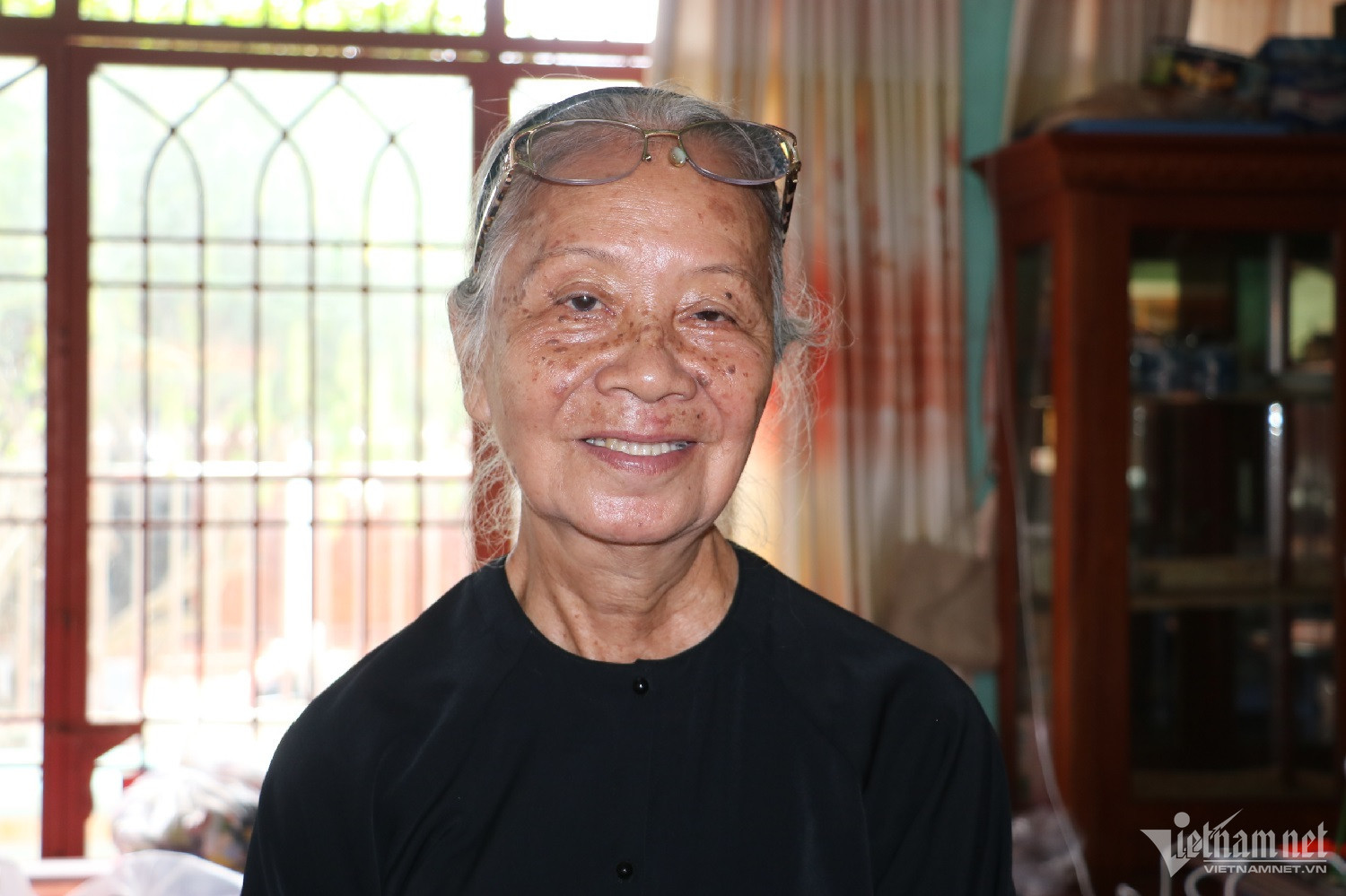
On a hot summer day in June, VietNamNet reporters visited Long Son Big House to meet Le Thi Kiem, 79, after calling her for an appointment.
Kiem, the fourth generation granddaughter of Tran, the former caretaker of the Big House, told a story about a strange local custom – using the same coffin.
She said that LongSon Big House was built by Tran in 1910-1929, or 10 years after he arrived there reclaiming virgin soil and settling down. Tran’s real name was Le Van Muu, from Giang Thanh district in Ha Tien, which is now Giang Thanh district in KienGiang province.
The housing area is an old architectural complex, made of bricks, tiles and precious woods, covering an area of 2 hectares. It has a temple, meeting house, school, market and Tran's tomb area. These are all located on the same grounds, which is called Big House.
After Tran passed away, he has been worshiped in the Big House, which has a new name – Den Ong Tran (Tran’s temple).
Many people follow Tran’s style, wearing black ao ba ba when going to work, to the Big House or to market, walking with bare feet and gathering hair into a bun. On holidays, they all wear long black clothes.
One of the local customs that raises curiosity among visitors is the sharing of coffins of Ong Tran’s religion followers. Coffins are called ‘long liet’ by the people living in the Big House. The word has been around since Tran was alive.
Tran believed that everyone is equal on the earth. When they are alive, they share a bed and a mat, and when they pass away, they share the same coffin, no matter whether they are rich or poor.

When Ong Tran’s religion followers' relatives pass away, they come to the Big House and ask for the coffin to hold funeral observances.
In addition to the coffin, the Big House will give a bundle of six leaves, a leaf-made cushion, a mat, 4.5 meters of red cloth, and 4.5 meters of white cloth.
During funeral observances, there are no drums and trumpets. Guests only drink tea and then take the deceased to the graves.
According to Kiem, funeral observances are very simple. The deceased is wrapped in three layers of cloth.
“A pair of mattresses and a pair of mats are put on the bottom of grave. After taking the body down, people place six sheets of coconut leaves on the two sides, simulating the shape of a two-roofed house," Kien explained.
After burial, the coffin will be brought back to the Big House for other people’s use.
Kiem said all of these customs have been passed down orally from generation to generation.
In 1991, Long Son Big House was recognized by the Ministry of Culture, Sports and Tourism (MCST) as a national historical and cultural relic.
Every year, Long Son Big House in Long Son commune attracts many tourists, especially on Tran’s death anniversary (the 20th of the second month of lunar calendar) and the ninth of the ninth month.
Quang Hung